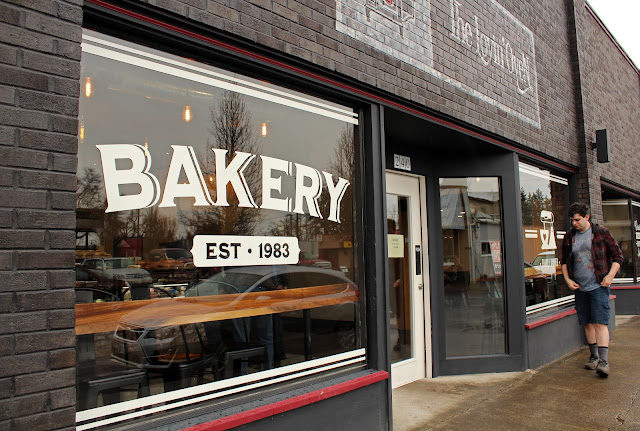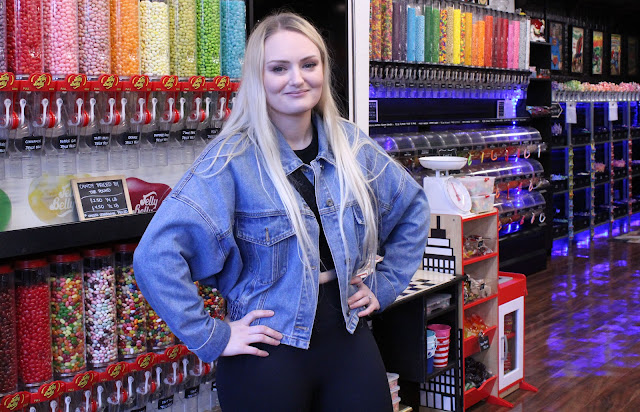Photographer of the Week: Diane Arbus
Who was she:
Diane Arbus (1923-1971) was born to a wealthy family in New York. Finding their lifestyle humiliating, she wanted to escape it as soon as possible. Thus, she married Allan Arbus, a Signal Corps photographer during World War II, at the young age of 18 in 1941. They bore two children together, Doon and Amy Arbus, but separated in 1960—formally divorcing in 1969. Even after they separated, they continued to work alongside each other and Allan continued to serve as an emotional support for her. Allan introduced her to photography, starting a studio together and teaching her the ins and outs of the technical side of art. At age 48, on July 26, 1971, Diane took her own life after a long struggle with depression and getting overwhelmed with the expectations of her work. Her fame grew greatly after her death with her work not being widely accepted until the 1980s.
Professional history:
In 1946, Diane and Allan opened Arbus Studio where they took fashion photography—Diane conceiving and styling the shoots and Allan performing the technical work. Over the next decade, they grew very successful, appearing in many magazines. However, Diane was unsatisfied, and quit styling for Arbus Studio in 1957. She began pursuing photography independently, but it was not an easy task. She was quite shy and pursuing her own career went against what was expected of women at the time. In 1958 she enrolled in a class taught by Lisette Model, a photographer primarily known for her documentary-style street photography, who would become her mentor and friend. She later (1959) found a mentor in Marvin Israel. Israel became an editor of Harper’s Bazaar in 1961 and made sure to get her work published in the magazine.
In July 1960, a special Esquire issue printed her photo essay on New York nightlife entitled “The Vertical Journey: Six Movements of a Moment Within the Heart of the City”. This marked the beginning of her solo commercial career. Over the next 11 years, Arbus would publish over 250 pictures in over 70 magazine articles, her most frequent supporters being Esquire, Harper’s Bazaar, and two London publications, the Sunday Times Magazine, and Nova. Arbus never separated her art and her magazine work as distinctly as other photographers, this made her work unique, but also made publications hesitant to work with her as to the sometimes controversial nature of her photographs.
Her work:
Her work changed and grew over time, but eventually, her photography style was found. She had a documentary/journalistic style, often holding her camera at her waist and trademarked with square framed black-and-white portraits. Arbus was known for photographing social deviates, the “freaks” and “eccentrics”. Some examples of her subjects are asylum patients, dwarfs, nudists, drug addicts, transgender people, and more. Her photographs dared to make people look at the parts of society they often liked to ignore.
Her work only gained acceptance and proper recognition after her death, but during her life, she received the Guggenheim Fellowship in 1963 and 1966, and the Robert Levitt Award from the American Society of Magazine Photographers for outstanding achievement in 1970.
| A Naked Man Being a Woman, NYC, 1968. |


Comments
Post a Comment